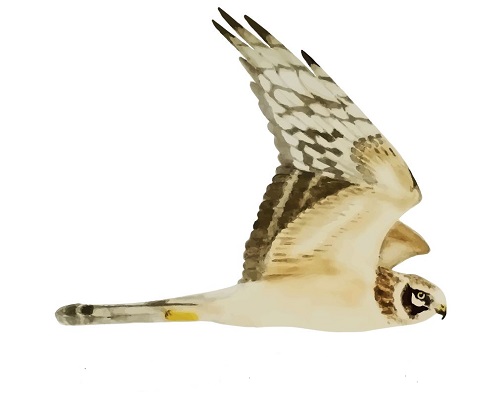Her på Skagen Fuglestations blog bringes korte nyheder i dagbogsformat om hændelser på fuglestationen.
After the storm
As my first full day on the station, Martina, Simon junior and I went out to do the migration count with high hopes after the storm, although there was still a lot of wind. We were met on the beach with over 100 roosting Kittiwakes (Ride). Knud was out there when we got to World’s End 3 and the guests joined us later. Martina went to Nordstrand to see if there were more kittiwakes (ride) there, but found instead various shorebirds. During the migration count we saw species such as arctic skua (almindelig skråpe), fulmars (mallemuk), razorbills (alk), etc. Martina rejoined with us after a while, but later her and I then went back to Nordstrand. Just before Knud and Simon were about to leave, they saw a manx shearwater (almindelig skråpe) migrating and Simon had talked about he was hoping for it the day before.
When we had gotten back and rested after lunch, I went out with the guests to Jerup Strand. We saw 12 spoonbills (skestork), which we enjoyed looking at in quite close range. As well as a mixture of shorebirds such as red knot (islandsk ryle) and bar-tailed godwit (lille kobbersneppe).
 Spoonbills (skestork) foraging. Foto: Henrik Toft
Spoonbills (skestork) foraging. Foto: Henrik Toft
Just as I arrived home, I found Martina in the proces of ringing a common house martin (bysvale) as it had flown into the lighthouse store and she had to rescue it. I spent the evening helping her with trimming the trees and bushes around the nets used when ringing and we made it home in time for when the guests had cooked us dinner.
I am looking forward to the next two weeks I will spend here and hope to learn from a lot from the more experienced birders. I also hope the weather will soon allow for some ringing.
Ringing (Det Grå Fyr):
Bysvale (House martin) - 1
total: 1
People: Martina Hillbrand, Simon Kiesé, Bjørn Laursen, Simon S. Christiansen, Lisa Vergin, Karen and Henrik Toft
Get to know the people at the station.
A link to today's observations from volunteers and local observers.



